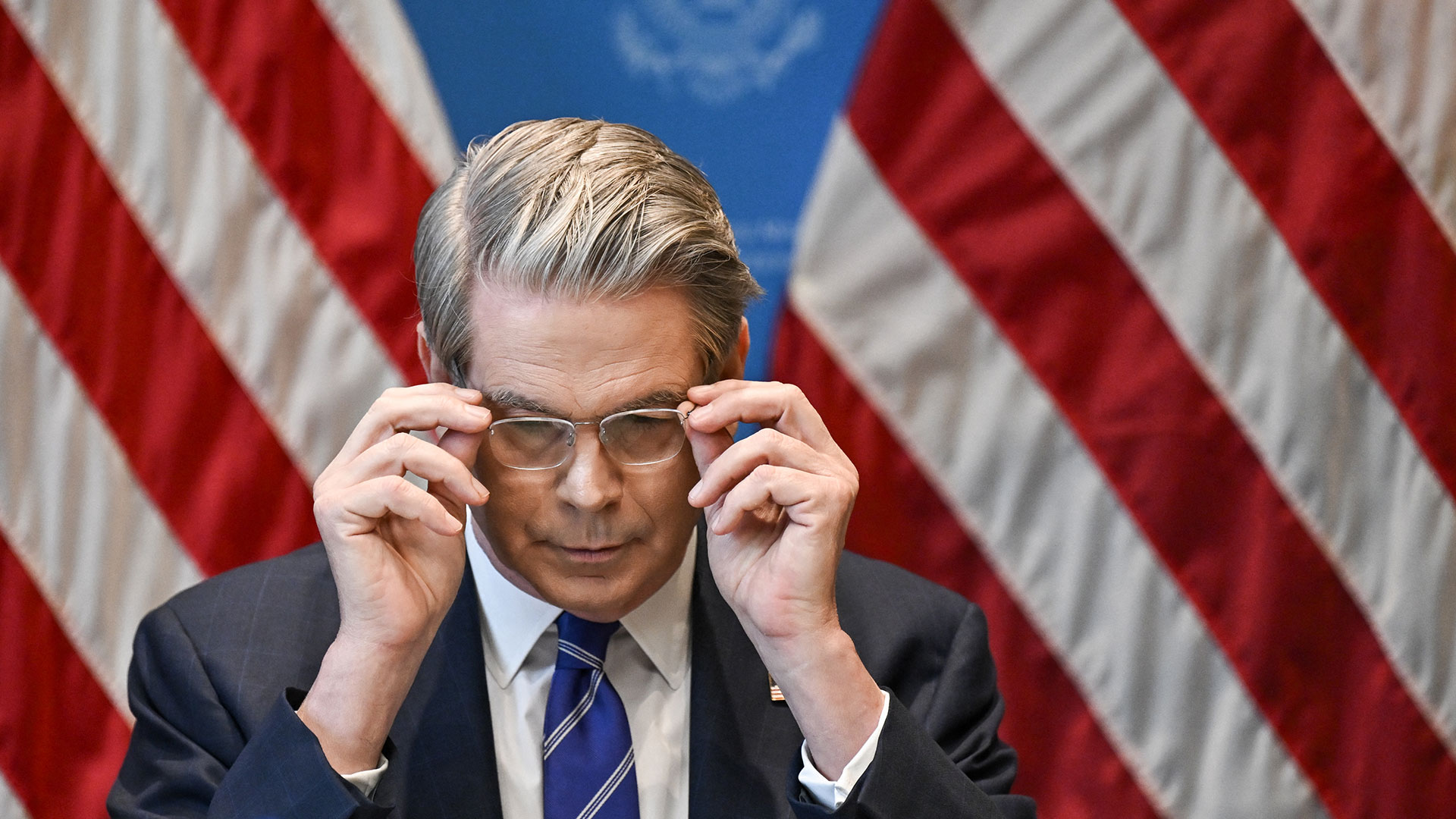US–China reach trade framework that could avert 100% tariffs and pause rare-earth curbs — development comes as Trump and Xi prepare to meet this week

US and Chinese trade negotiators say they’ve reached a framework agreement that, if approved by both governments this week, would roll back proposed 100% tariffs on Chinese imports and pause Beijing’s escalating export restrictions on rare-earth materials.
US trade representative Jamieson Greer told reporters in Kuala Lumpur, "We are moving forward to the final details of the type of agreement that the leaders can review and decide if they want to conclude together."
The breakthrough, first reported by the New York Times, comes after weeks of pressure from US manufacturers and tech lobbyists, who warned that both the tariffs and China’s mineral curbs risked triggering new shortages and sudden price hikes across the PC parts chain. The deal isn’t done yet: Treasury Secretary Scott Bessent confirmed that a “very substantial framework” had been reached, but final terms still hinge on a high-level meeting between President Donald Trump and Chinese leader Xi Jinping, expected in the coming week.
If ratified, the agreement would pull the US back from a tariff cliff that had threatened to slap a 100% duty on Chinese-made components as soon as next month. That would have hit cases, coolers, AIOs, monitors, and entry-level motherboards especially hard because these categories are still dominated by Chinese OEMs and ODMs, even as GPU and CPU production has diversified.
Just as urgent for parts makers is China’s October move to tighten rare-earth controls, which expanded licensing requirements beyond raw ore to include processed compounds, magnets, and polishing materials. While not a full ban, the new rules cast a long shadow over everything from HDD actuators to pump motors, thermal modules, and certain CMP slurries used in chip packaging. Secretary Bissent said that China would offer “some kind of deferral” on rare earth export controls, but neither side has suggested they’ve reached a definitive deal.
“China and the United States constructively explored a plan for appropriately dealing with some of the concerns of both sides,” said China’s trade negotiator Li Chenggang. “The next step is for each side to fulfill their respective domestic approval procedures,” he added.
Still, this is good news for component manufacturers and anyone relying on rare-earth-dependent parts in upcoming builds. Neodymium, dysprosium, cerium, and lanthanum all play roles in the kinds of high-precision motors and magnetic systems common to fans, hard drives, and some power supplies. China currently accounts for over 80% of global rare-earth processing, and there is no short-term replacement for much of the supply chain.
Get Tom's Hardware's best news and in-depth reviews, straight to your inbox.
The trade deal is about tariffs and materials, not compute, so none of this touches the existing US and Chinese controls on high-performance chips, which remain in place and continue to block Nvidia’s AI-focused silicon from reaching Chinese data centers.
Follow Tom's Hardware on Google News, or add us as a preferred source, to get our latest news, analysis, & reviews in your feeds.


Luke James is a freelance writer and journalist. Although his background is in legal, he has a personal interest in all things tech, especially hardware and microelectronics, and anything regulatory.